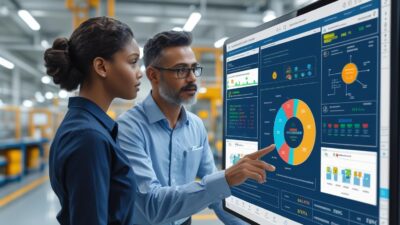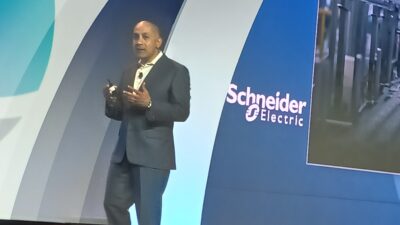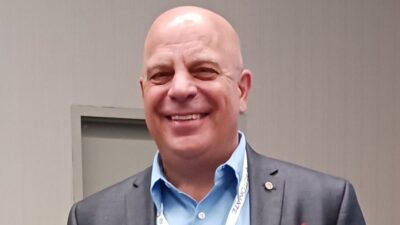A watched pot never boils, unless it's monitored by a PC-based camera that takes digital snapshots, then compares them to find even tiny changes.Designed to aid domestic and international nuclear safeguarding, NTvision was developed by researchers in the Nonproliferation and International Security Division at Los Alamos National Laboratory (Los Alamos, N.
A watched pot never boils, unless it’s monitored by a PC-based camera that takes digital snapshots, then compares them to find even tiny changes.
Designed to aid domestic and international nuclear safeguarding, NTvision was developed by researchers in the Nonproliferation and International Security Division at Los Alamos National Laboratory (Los Alamos, N.M.). Los Alamos will use NTvision to continuously monitor sensitive, costly inventories worldwide, and planned to test the camera during 1998 in the U.S., China, Russia, and elsewhere in Europe.
NTvision uses IMAQ Vision software, a 500-function virtual instrument library, and National Instruments’ (Austin, Tex.) PXI hardware and LabView graphical programming software. For example, NTvision’s PXI-8156 controller with Intel Pentium MMX processes pixels faster.
“We developed the NT vision camera on a standard Microsoft Windows NT desktop PC using the PCI bus, and later ported it to PXI in a few hours. We didn’t need to change the original code for the PXI version,” says Len Burczyk, a Los Alamos technical staff member.
Able to accept a variety of PXI modules, the spare slots can extend the functions of NTvision’s video system. PXI is also two-way interoperable with CompactPCI, which means users can install CompactPCI modules from other vendors. This allows users to integrate NTvision with data acquisition, motion control, industrial communications, and instrumentation. NTvision was one of several CompactPCI-related presentations at the recent Motorola MediaDayIV event in Newport Beach, Calif.
Snapping scenes
Similar to most cameras, NTvision takes pictures, but only when the location or number of objects in a scene changes. The PC-based camera can also distinguish between momentary changes and those when objects are moved, added, altered, or removed from a scene. Its 35-mm optics allow it to capture objects small enough to fit under a microscope up to the inside of an entire warehouse.
After taking an initial photo, NTvision’s software pinpoints the location of any object in a scene that has changed. The software’s four panels provide a complete record of events, and also display differences in isolation so they can be viewed more easily in the overall scene.
The NTvision camera is also intranet enabled, which means data are available online and via secure remote access moments after the camera detects an event. A commercial browser and X.509 digital ID provide authorized remote access.
“We used PXI hardware building blocks to configure the NTvision video system,” says Mr. Burszyk. “This allows a lot of flexibility in configuring different systems because most NT vision systems are built from the same four hardware components: an eight-slot PXI 1000 chassis, a PXI-8156 Pentium MMX system controller, a PXI-1408 four-channel image acquisition module, and a PXI-6040-E multifunction I/O module for triggering.”
For more information, visit www.controleng.com/freeinfo .



